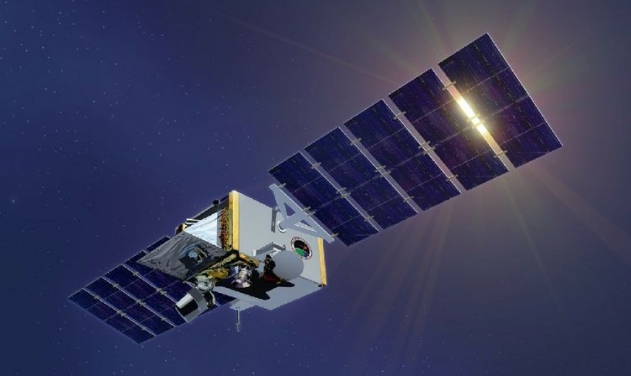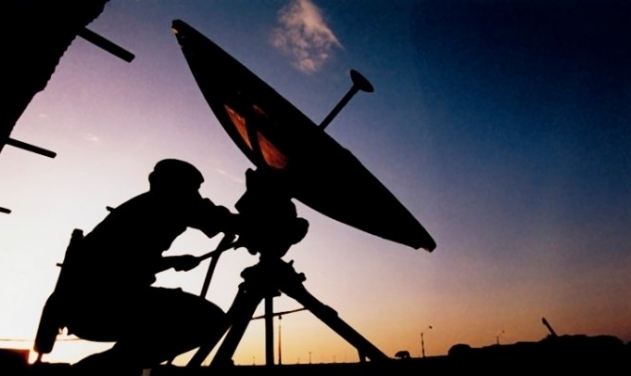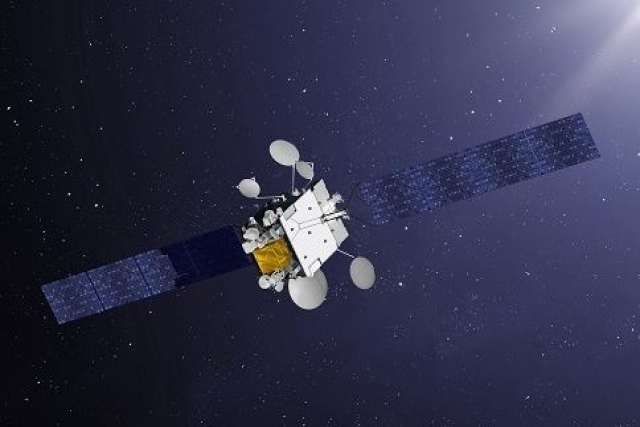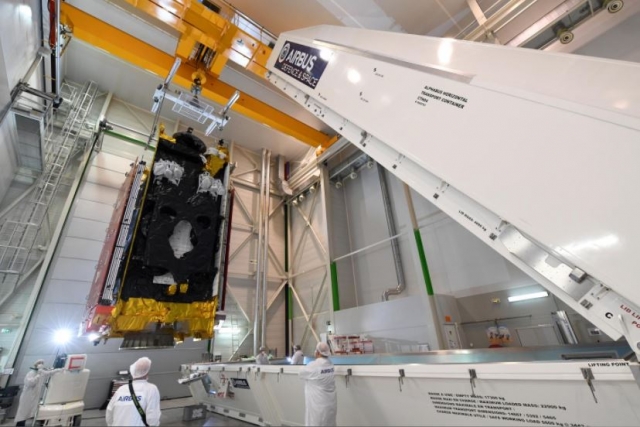Airbus, OneWeb to Offer SatCom Services to European Armed Forces

Airbus and OneWeb have signed a distribution partner agreement to provide low Earth orbit (LEO) satellite communication services for military and governmental use.
Airbus will offer new communication services utilising the OneWeb constellation to select European and UK armed forces, and civil protection and security forces, from the end of 2021.
“We will be the very first provider to offer this type of service to European forces,” said Evert Dudok, Executive Vice President of Connected Intelligence at Airbus Defence and Space.
“With the OneWeb LEO constellation we look to deliver the future integrated mesh networks, combat cloud and information superiority that demand these new and innovative approaches based on the OneWeb constellation and Airbus technology,” he added.
LEO constellations enable the development of a new generation of terminals and antennas of reduced size, weight and power. These constellations will also make it possible to offer real-time space communications, very useful for transmitting live video streams from sensors such as those embarked on UAVs.

These new satellite communication services will provide armed forces with high-speed, all-IP (Internet Protocol) communications, making it possible to prioritise communication flows and ensure a very high level of availability. Users can complement existing services and networks with the ability to switch between LEO and GEO (Geostationary orbit) satellite communications throughout operations to derive the benefits of a flexible and interoperable network.
The partnership will offer services to connect vehicles on the ground, battleship at sea and aircrafts in flight. Thanks to these features, this connectivity service is fully designed to support future multi-domain cloud applications and enable information superiority.
The Airbus designed OneWeb satellites are currently being produced at the Airbus OneWeb Satellites facility in Florida, USA. After an initial start of service over the Arctic area from North Pole to the 50th parallel OneWeb expects its services to be available with global coverage of the Earth by the end of 2022 with a constellation of 648 satellites in low Earth orbit.













